News
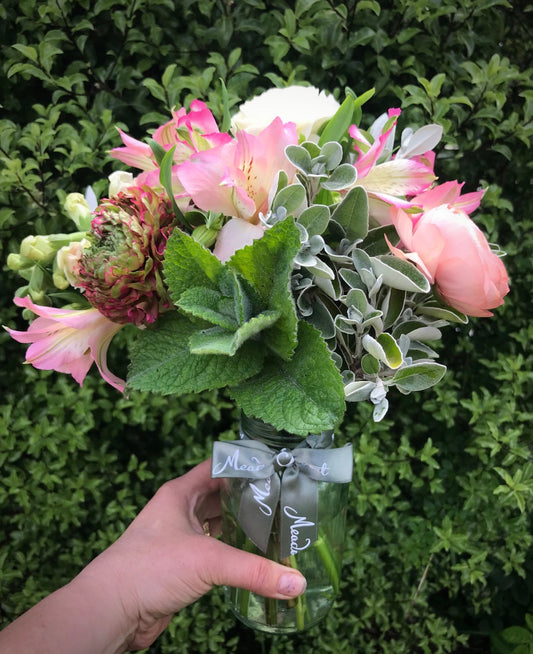
Mutant flowers!
Pon pon ranunculus in the posies this week. This unusual flower was originally a freak mutation of the standard ranunculus and was considered to be malformed until a grower saw...
Mutant flowers!
Pon pon ranunculus in the posies this week. This unusual flower was originally a freak mutation of the standard ranunculus and was considered to be malformed until a grower saw...
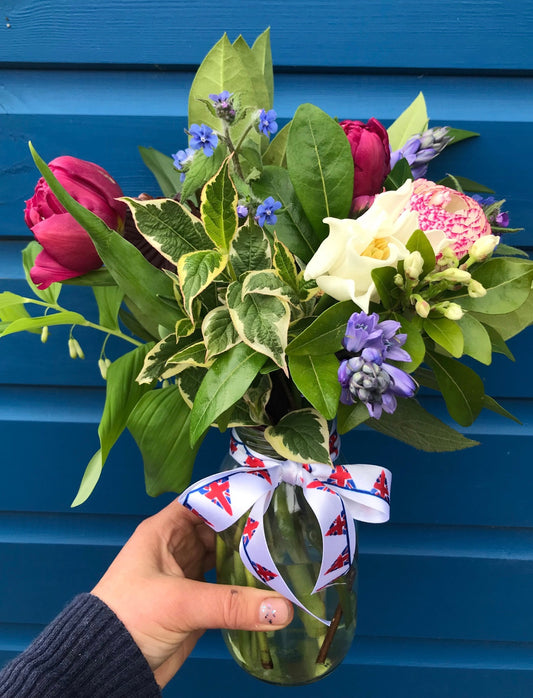
Long live the King!
It's a celebratory weekend so, as well as white 'crown' tulips, we have a special flower tucked into the posies. It's rather discreet so your nose might find it first....
Long live the King!
It's a celebratory weekend so, as well as white 'crown' tulips, we have a special flower tucked into the posies. It's rather discreet so your nose might find it first....
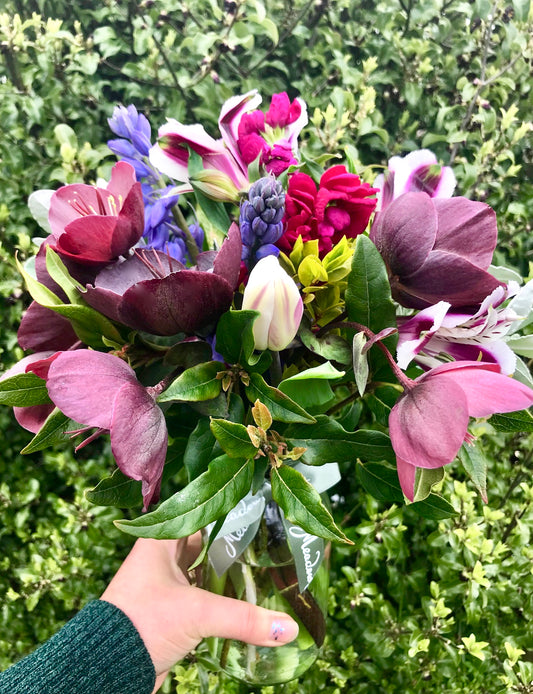
Spanish bluebells!
It's the start of the season for beautiful bluebells. These are 'Spanish bluebells' and are another introduced species to the UK by those busy Victorians. They are grown on a small-scale...
Spanish bluebells!
It's the start of the season for beautiful bluebells. These are 'Spanish bluebells' and are another introduced species to the UK by those busy Victorians. They are grown on a small-scale...

Common broom
It's not often that I include Common broom (Cytisus sp.) in the posies. Broom is a shrub from the pea family and has a short flowering season, but, lucky for...
Common broom
It's not often that I include Common broom (Cytisus sp.) in the posies. Broom is a shrub from the pea family and has a short flowering season, but, lucky for...
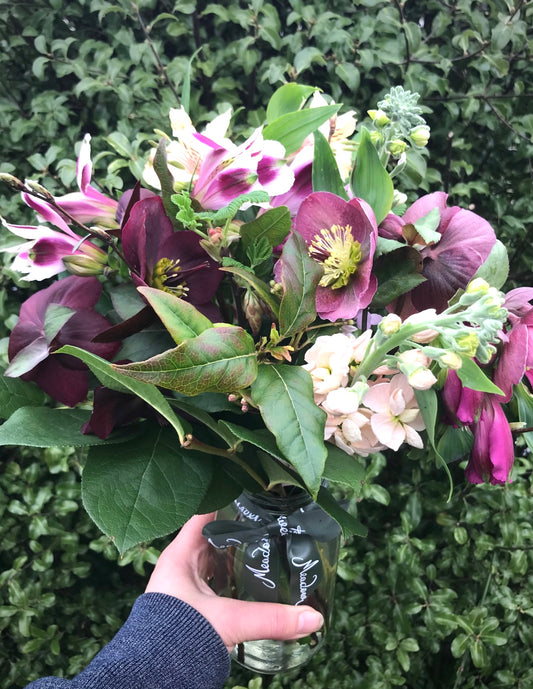
Take stock!
Fragrant stocks are back in season thanks to our lovely grower in Suffolk! They have arrived a little later than anticipated due to the cold start to March, but they're...
Take stock!
Fragrant stocks are back in season thanks to our lovely grower in Suffolk! They have arrived a little later than anticipated due to the cold start to March, but they're...
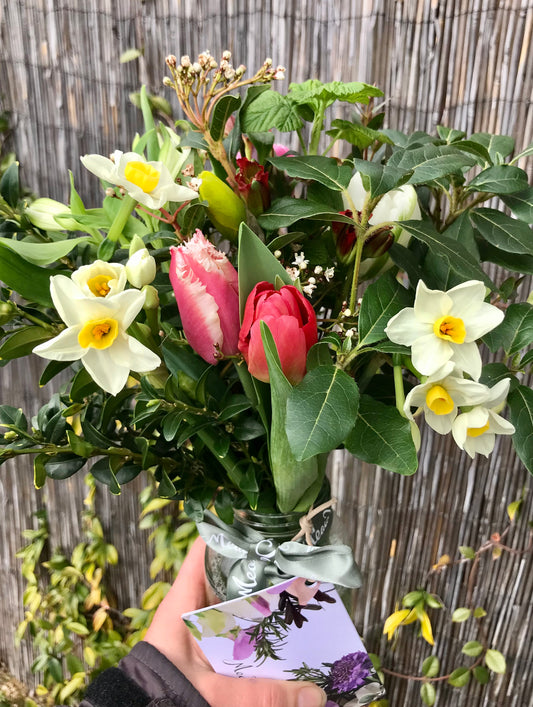
What makes mum smile?
A British Flower subscription! Flowers are the one gift universally found to result in an immediate uplift in mood and a 'true' smile from the recipient. If you're giving Mum...
What makes mum smile?
A British Flower subscription! Flowers are the one gift universally found to result in an immediate uplift in mood and a 'true' smile from the recipient. If you're giving Mum...
